All our services are fee-based, and we do not offer free proposals. A token amount is required to initiate. We are open to discussing our rates and availability to find the best solution.
Get your design ready in 24 hours.
Our prices starts from 3999/.
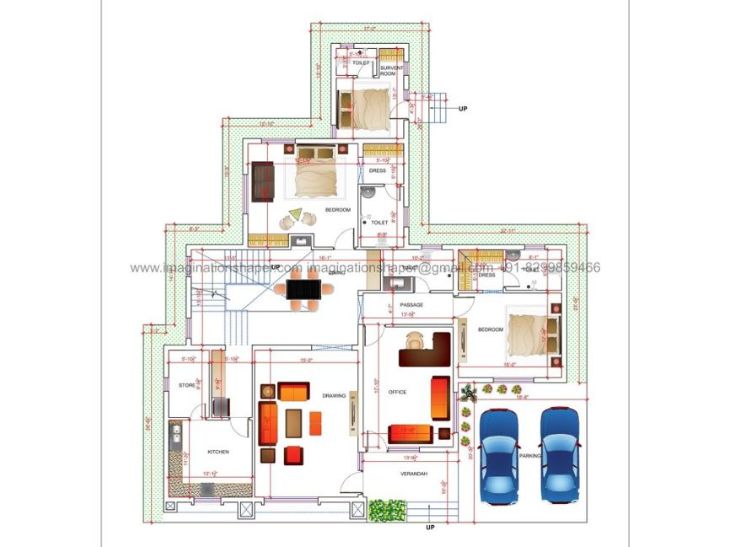
Get best customized house plan designed by experienced architects and designers.
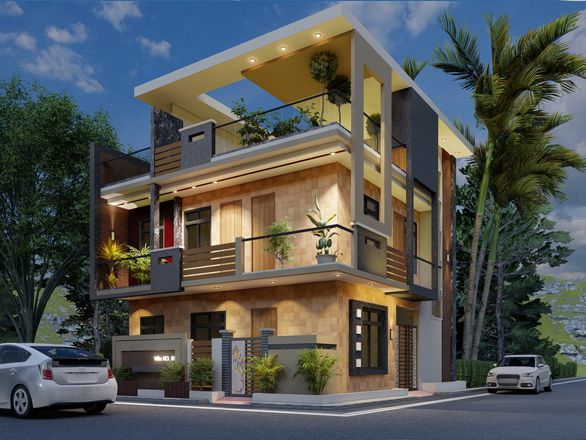
Are looking for the elevation design services, Imagination would be the perfect option.
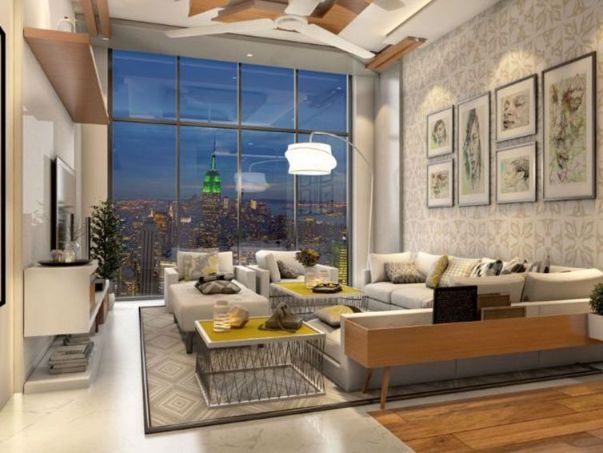
Home interior design to enhance the interior of the project services at an affordable price.
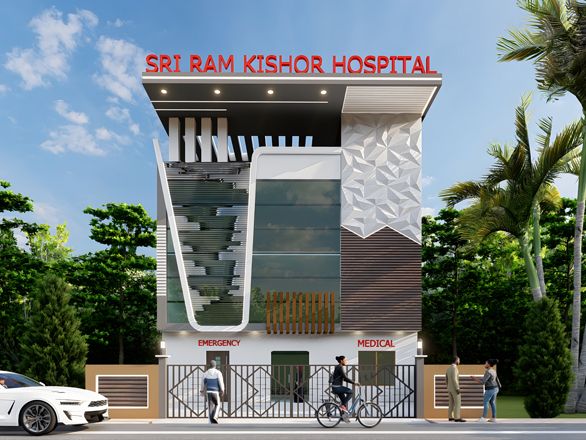
Design your health care project as per guidelines, the user and patient-centric also.

We incorporate sustainability strategies, creative space planning and best technology.
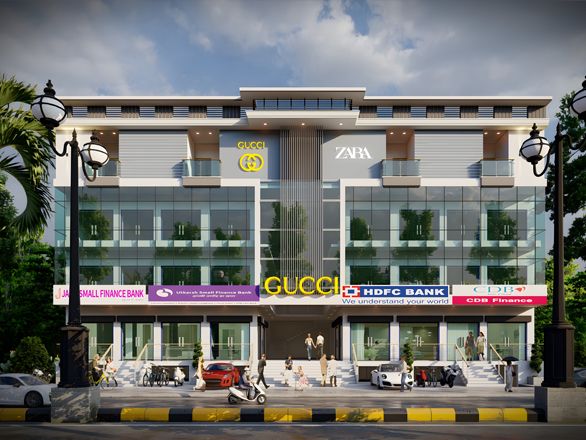
We are focused on combining function with style to meet the need of businesses.
Building retail spaces with the goal of enhancing the customer experience from the moment they arrive until they leave and beyond is the profession of shopping complex design. Since even a negative event could affect a customer's experience, retail center designers should adopt a complete approach. This is due to the fact that a single negative experience can stifle excitement and reduce potential earnings. Purchase decisions may be influenced by a store's interior design, parking lot and public space layout, facility placement, and even the emotional moods of its patrons.
A thorough understanding of consumer behaviour is necessary to build and improve excellent shopping mall architecture. Using digital shopping complex design, such as augmented reality (AR), to collect data from customers in real time and monitor their purchasing patterns is one method of obtaining this type of information. Examine how augmented reality (AR) could offer next-level consumer data analysis to increase your income per square foot while giving customers memorable and captivating shopping experiences.
The mall's layout and design, which should be carefully considered, determine how well a retail area can draw customers and make money. The following are some instances of how your shopping complex designmay influence client behaviour and, consequently, your financial performance.
The way people feel has a big impact on what they purchase and how much they spend. Although it is impossible to know exactly what your consumers are thinking when they come to your mall, the layout of your business can affect how they feel while they are there.
You can start influencing a customer's feelings even before they enter your store. Parking lot experiences—whether positive in terms of availability or safety—have a positive correlation with customer satisfaction and loyalty. Make sure the parking lot is easy to enter and exit, and that there is sufficient space for all of your center's primary entrances.
A customer's mental state may be affected by a variety of sensory factors after they enter the premises, including lighting, sounds, plants, and fragrances. It is crucial to consider the potential effects of various lighting configurations, including artificial and natural light, as well as the existence or lack of open space, on a place's atmosphere.
A dynamic, clean, and well-lit atmosphere is more likely to make most individuals happy. If the following factors are considered, customers will have a great shopping experience: foot traffic congestion has to be tracked and resolved; facilities like lounge areas and restrooms need to be accessible; and there needs to be clear signage for easy navigation.
The convenience of online buying is unmatched. Malls must therefore use more imaginative marketing techniques if they hope to draw customers in and, more crucially, keep them there.
One of the main goals of designing contemporary shopping malls is to keep customers inside for as long as feasible. Shopping center operators can accomplish this objective in a variety of methods, some of which include:
Because tenants are grouped by department, customers are encouraged to explore the entire mall in order to access the many retail groups, making shopping easier for them.
Customers can reduce stress and exhaustion during shopping by taking their time. Setting aside particular areas for individuals to congregate and relax aids in achieving this objective. By removing the need to worry about their gadgets while traveling, charging stations help guests reduce yet another source of stress.
Beyond just containing stores, shopping centers can also serve as venues for events like seminars, concerts, and other gatherings. Additionally, your center's entertainment centers—which feature movie theaters, arcades, bowling alleys, and virtual reality attractions—provide access to the retail establishments.
You should offer a range of fast-food and casual dining options in small shopping complex design if you want customers to spend their entire day at your retail center.
A shopping center's architecture may also have an impact on the stores that are housed there. It is the architect's responsibility to ensure that every storefront in the mall is as easily accessible and visible as possible. It is advised that staircases be connected to elevators or other accessible techniques before the planning process starts.
Anchor enterprises should be given equal weight in the plan to ensure that local companies are included in the small shopping complex designselection process. Retail businesses may maximize the value of every square foot of your shopping complex by being clearly visible and accessible. You can be certain that you won't create any places that others might overlook in this method.
Use technological solutions that give consumers incredible shopping experiences and produce valuable data to improve your approach to retail center construction and design. Digital signage, for instance, may be readily converted into interactive kiosks that visitors can utilize for additional advertising space and navigation, giving them innovative ways to get important information. You may use the built-in technology in many of these signs to identify the areas that are changing the most over time. This equipment is used to track how customers are using the signs.
It should come as no surprise that augmented reality is altering how consumers engage with physical environments, and this is also true in the retail industry. Given that more than 60% of shoppers prefer to make purchases from establishments that offer augmented reality (AR) experiences, it is obvious that AR can be an effective tool for merchants trying to attract customers. Popular augmented reality experiences include interactive mirrors that allow clients to visually try on various apparel items and digital twins that offer guided interactions and more information through mobile applications.
Your company can collect and analyze customer data with the use of augmented reality (AR). This information may be used to determine how people navigate your mall, where foot traffic jams occur, and which retailers are performing worse than their peers. For an even better customer experience, you may then use this data to improve the construction and mini shopping complex design plan.
Learn how the future digital mini shopping complex design plancould improve your architectural and design processes and open up new revenue streams. Do not hesitate to get in touch with the knowledgeable experts if you would like further information.

